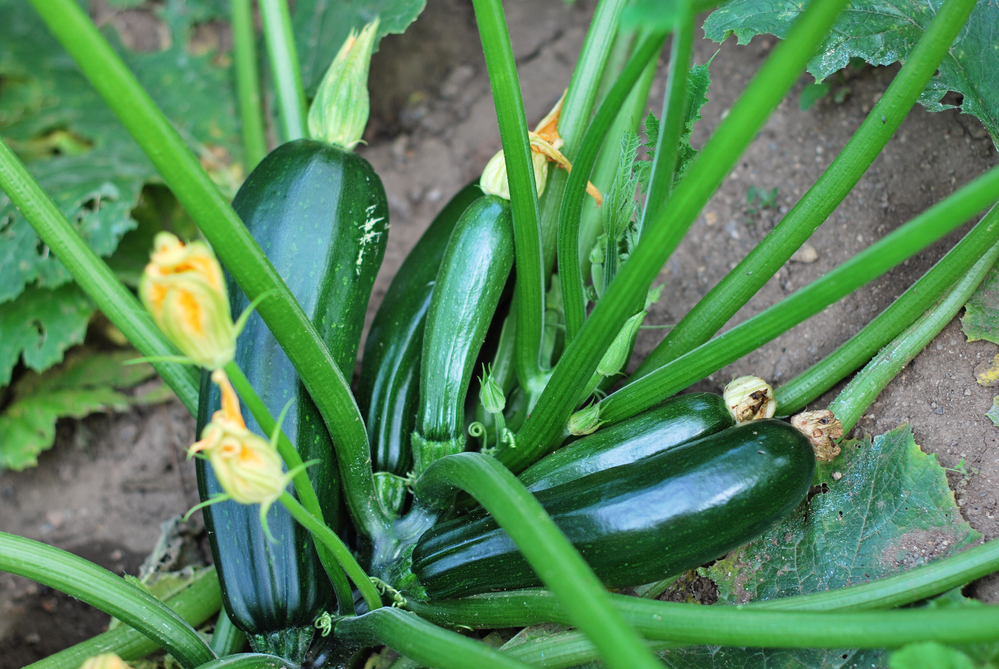By Karla Arboleda
With a wide variety of options to choose from, researchers are working with technology in order to grow better cucurbits.

Genome-wide association studies (GWAS), marker assisted selection and genomic selection have been used to improve specialty crops like squash, pumpkins and watermelons. Geoffrey Meru, an assistant professor in vegetable breeding at the University of Florida Tropical Research and Education Center (UF TREC), believes in the need for using technology to be more efficient when it comes to growing better cucurbits.
“There is need to measure traits across environments, the need to multiply plants in the greenhouse, the need to handle complex traits and the need to accelerate the breeding cycle.” Meru said, adding that central to this list is a phenotyping challenge. “Instead of taking 10, 12 or 15 years to release a cultivar, you can vastly reduce that by half; sometimes even shorter.”
THE TECHNOLOGY
By identifying markers that are tightly linked to a trait of interest, marker-assisted selection could make it easier to breed crops when it substitutes the need for phenotyping. Meru said this alternative process doesn’t require people to go to the field or the greenhouse in order to test plants that carry resistance to a pathogen. The first step in this process is the identification of parental plants that carry your trait of interest, such as disease resistance. A bigger plant population is then developed in the greenhouse which consists of individuals that vary in the expression of the trait of interest.
By using statistical and genetic tools to determine which markers are associated with the desired trait, Meru says plant breeders can ultimately apply evaluated markers to the breeding program.
Genome-wide association studies (GWAS) is another technology used by UF researchers that, over time, traces a recombination events in genes and describes which markers are close to each other. This essentially speeds up the process when choosing markers linked to traits for a crop.
“The advantage of this is you don’t have to develop an artificial population,” Meru said. “You can basically lessen the amount of time that you need to identify your markers of interest.”
SELECTION FOR CUCURBITS
Marketable characteristics in food are what researchers and growers want to make available to consumers. In watermelons, Meru wants to breed for plants that are disease resistant among other qualities.
“For watermelon, we look at fruit quality traits,” Meru said, adding that they look to improve details like taste, shape and color. “We also look at seedlessness in which you want a fruit that doesn’t have any true seeds.”
In terms of squash, Meru works with Cucurbita (C.) pepo, C. moschata and C. maxima, which are the three most widely consumed cucurbits in the U.S. C. pepo pumpkins produce the most yield while C. moschata and C. maxima crops are known for having the best flesh quality.
“For squash, we look at early maturity,” Meru said. “We select for deep orange flesh color, which correlates to higher amounts of carotenoids in the flesh, such as Vitamin A.”









